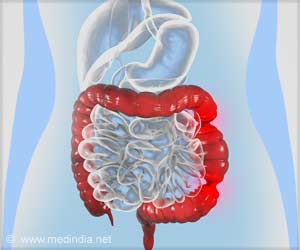Proteins within the bacteria that cause Legionnaire’s disease can kidnap their own molecular “coffin” and carry it to a safe place within the cell, ensuring their survival, Yale School of Medicine researchers report in Nature Wednesday.
“This supposedly simple organism continues to fascinate us with new tricks that enable it to manipulate cells in our body that normally protect us against bacterial infections,” said the lead author, Craig Roy, associate professor of microbial pathogenesis at Yale. Legionnaire’s disease acquired its name in 1976 when an outbreak of pneumonia occurred among people attending a convention of the American Legion in Philadelphia. The bacteria that causes it—Legionella pneumophila—replicates inside macrophage, which are cells that are part of the immune system and “eat” cellular debris and toxins. Macrophages kill bacteria by transporting them in storage bubbles known as vacuoles to organelles that have enzymes to then break down the intruders.“What makes this pathogen special is that it can control transport of the vacuole formed after macrophages ingest the bacterium,” Roy said. “It hijacks the vacuole and directs it to be transported to a nutrient-rich organelle called the endoplasmic reticulum, where the bacteria replicate in high numbers.”
Roy and his colleagues identified the Legionella proteins that are involved in the hijacking. They found that one protein, DrrA, that turns on a molecular switch, Rab1, and subverts its function. This allows the Legionella to fuse the endoplasmic reticulum and the vacuole, creating a compartment that ensures bacterial survival. They also found a second bacterial protein, LepB, that turns off the Rab1 switch once the bacteria have successfully entered the endoplasmic reticulum.
“In other words,” Roy said, “you can think of Legionella as being a crafty burglar that enters a cell and uses the protein DrrA to turn on a light, Rab1, that will illuminate the location of the safe, the endoplasmic reticulum. Once Legionella has cracked the safe, LepB, turns off the light to avoid detection.”
Source-YALE University
VEN /J








